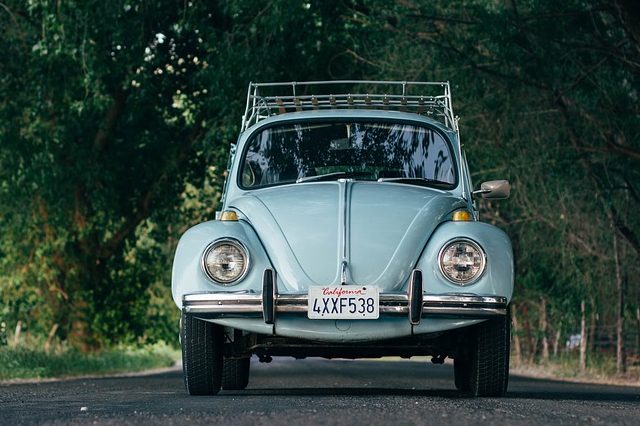When we are thinking of preparing the car to travel, we insist on the need to carry out a basic inspection of the car, which may include the installation of roof bars in the vehicle, which are necessary in those cases in which it is going to be carry a large amount of luggage. In these cases, the installation of roof bars is a good option.

Through these accessory elements we can transport objects, ski racks, roof boxes or bicycle racks, among others. Whether you are going on vacation with your family or if you like to have space on the roof to be able to carry different luggage or suitcase, they will be a good option.
However, taking into account that different types of bars can be found on the market, some of them specific to certain car models and others universal; We are going to explain how to choose the roof bars.
Types of car roof bars
There are car roof bars with different designs and they are made of different materials. These can be of different types, being able to choose one or the other depending on the car in question and the needs and preferences of each person. In this way we can find these options:
- Roof with railing. They are roof bars that are longitudinal and are common in minivans, SUVs and SUVs. These can be both closed and open and rise slightly above the roof of the car.
- Roof with integrated railing. These are longitudinal bars, like the previous ones, but in this case they are attached to the roof of the vehicle, but in this case, they do not protrude from the vehicle. They therefore offer a more aerodynamic design than the previous option.
- With T profile. This type of roof rack is less common and consists of guides that are located on both sides of the roof of the car that adapt and have an inverted T shape. On it you can proceed to the installation of transverse roof bars.
- Roof with fixing points. They are roofs that incorporate slots, which serve as anchor points to hold the bars on both sides of the vehicle. In this case, a roof rack installation kit or tools are needed to proceed with its installation in the vehicle.
- Roof with gutter. This is the usual type of roof rack in older cars, which are side rails where the roof rack can be installed.
Similarly, roof bars can be differentiated depending on the material from which they are made. In this sense, the most common is that they are made of steel or aluminum.
How to choose roof racks for the car?
Depending on the type of vehicle and design, a series of recommendations must be taken into account when knowing how to choose roof bars for your car:
- Vehicle roof. It must be taken into account if the roof has longitudinal bars from the factory, the roof is reinforced or it is a convertible car. Based on this, it will be necessary to make sure to choose bars that are compatible with its design.
- Frequency of use. If it is going to be used occasionally or if, on the contrary, it will be used frequently, you can choose one model or another. Aluminum ones are the most recommended for occasional use; and those of steel are indicated to leave them installed permanently.
- use. Depending on the type of load to be transported, the volume and the total weight, one model or another will have to be chosen.
- Clamping system. We must know the type of anchoring system that the vehicle has on the roof. There are different types of roof racks and attachment points to choose from.
- Additional Features. There are bars that have an anti-theft system, with a lock to prevent friends of others from leaving with them along with the load. others may have different systems for attaching skis, bikes, or other items. In any case, each particular model will have to be observed.
- Homologation. One point to keep in mind is that any change made to the vehicle must be homologated. In this case, the fastening must be firm and in good condition to avoid problems when it comes to passing the ITV.
It is advisable to take all these aspects into account before proceeding with the purchase of roof bars. Likewise, when you buy roof racks, as well as in their subsequent use, you will have to attend to criteria such as cargo layout; maximum weight allowed; load stability; load placement; visibility; and remove the bars.















